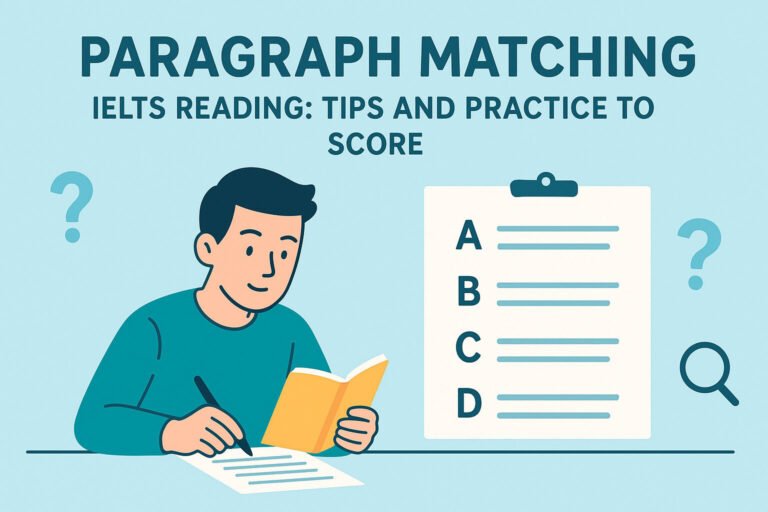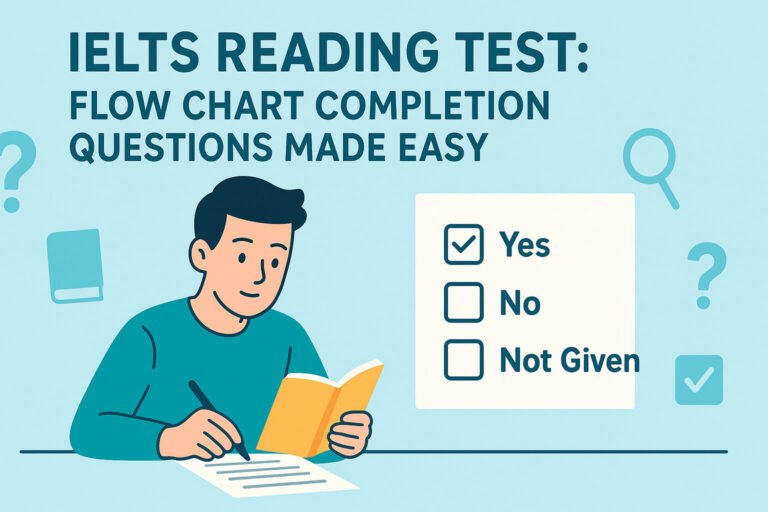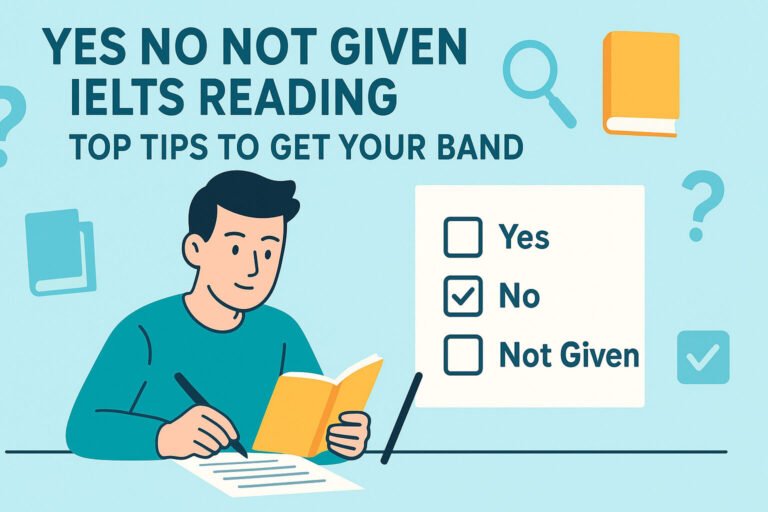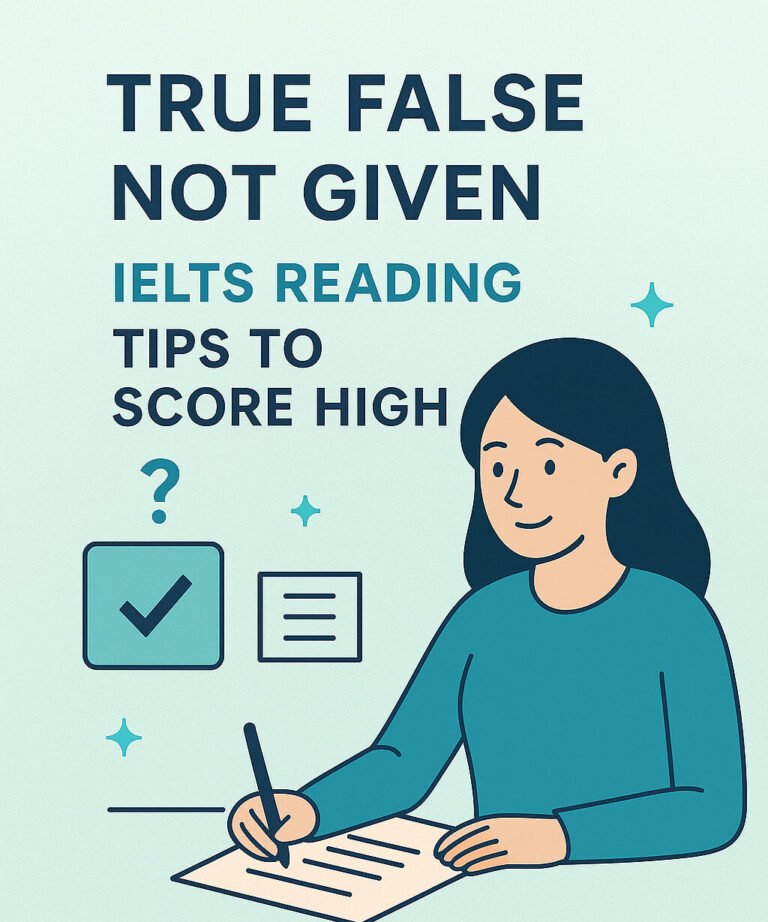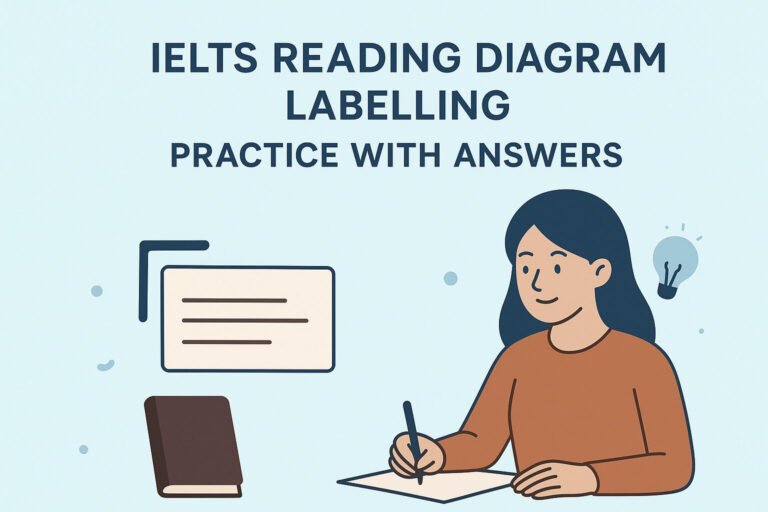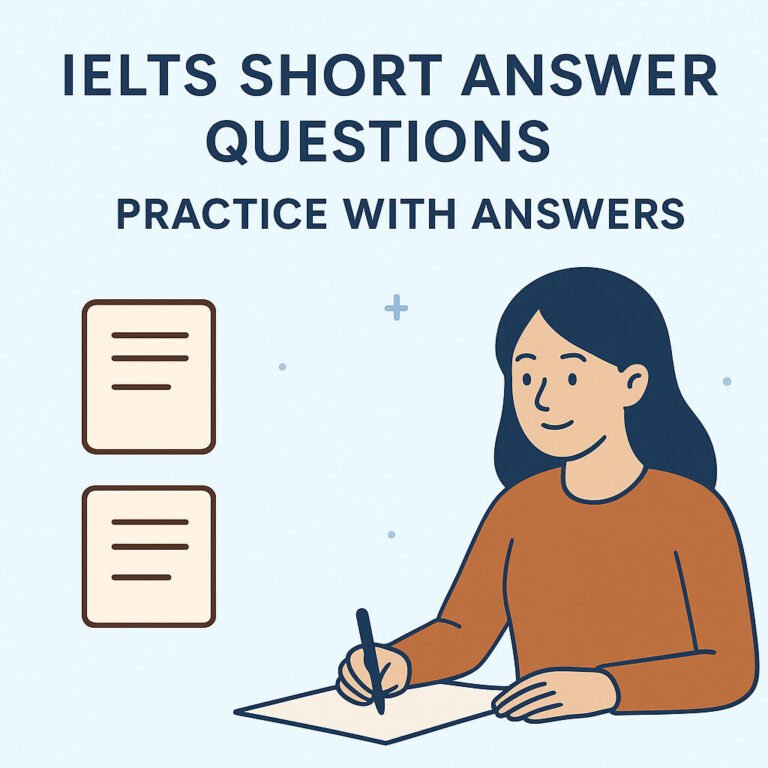Struggling with matching features IELTS reading questions? Our expert guide offers step-by-step strategies, real practice exercises, tips for band 7+, and free samples to ace IELTS Reading. Ideal for study abroad dreams—boost your score today!
Hey there, ambitious IELTS warrior! Dreaming of studying abroad but feeling stuck on those tricky matching features IELTS reading questions? You’re not alone—stats show that up to 40% of test-takers lose marks here due to poor scanning skills or missing paraphrases. But here’s the good news: with the right approach, you can turn this into your secret weapon for a band 7+.
In this ultimate guide, we’ll break down everything from what these questions are to proven strategies, real-world examples, and hands-on matching features IELTS reading practice. By the end, you’ll feel confident tackling any passage, whether it’s about history or science. Let’s dive in and get you one step closer to that acceptance letter!
What Are Matching Features IELTS Reading Questions?
Imagine you’re a detective, piecing together clues from a jumbled file. That’s matching features IELTS reading in a nutshell. This question type appears in both Academic and General Training IELTS Reading sections. You’ll get a list of statements (like opinions or facts) and a box of options (such as names of people, places, or theories). Your job? Match each statement to the correct option based on the passage.
Unlike simpler true/false questions, these test your ability to spot paraphrasing—where the text rewords ideas from the statements. They often come mid-test, with 4-7 items to match, and not all options get used. Pro tip: Always check if letters can be reused!
These questions pop up in diverse matching features IELTS reading topics, from environmental issues to historical inventions. Mastering them builds your overall reading stamina.
Think of it as a puzzle—fun once you know the edges!
👉 Join Our Telegram Channel to Download the Cambridge IELTS Academic PDF and Audios
🎧 Includes all Listening Audios + Speaking Videos + Answer Explanations + Writing Samples.
Why Mastering Matching Features is Crucial for Band 7+
As an IELTS aspirant eyeing universities abroad, your Reading score is your ticket to the top. Matching features IELTS reading questions can contribute up to 20-25% of your marks, directly impacting that band 7+ goal. Why? They demand advanced skills like skimming for gist and scanning for details, mirroring real academic texts you’ll face overseas.
Struggling here often signals gaps in vocabulary or time management—common hurdles for 18-30-year-olds juggling prep with life. But nailing them? It boosts confidence across sections and proves to examiners you’re ready for complex ideas.
Plus, in recent tests, topics like tech innovations or cultural shifts have featured heavily, making targeted IELTS reading matching features exercises a must.
Invest here, and watch your overall band soar—your future self (and admissions officer) will thank you!
Step-by-Step Strategy to Ace Matching Features IELTS Reading Questions
Don’t wing it—follow this battle-tested plan. I’ve guided hundreds of students to band 7+ using these steps. Practice them with matching features IELTS reading practice PDF resources for best results.
Step 1: Read the Instructions Thoroughly
Before touching the passage, scan the rules. Note if options can be reused (e.g., “NB You may use any letter more than once”) and how many statements there are. This prevents costly errors.
Time yourself: Spend just 30 seconds here to stay on track.
Step 2: Analyze the Statements First
Grab a pencil and underline keywords in each statement—like nouns, verbs, or unique phrases. For example, if it says developed a new technique, circle “developed” and “technique.”
Brainstorm synonyms: “Developed” could mean invented or created. This preps you for paraphrasing traps.
Quick checklist:
- Identify the core idea (fact, opinion, example?).
- Predict where it might appear (early/mid/late passage?).
- Number statements for easy reference.
Step 3: Skim the Passage for Structure
Give the text a 1-minute skim. Read the title, intro, and topic sentences of paragraphs. Jot notes like “Para A: History of invention” to map options.
Look for the list of options (e.g., countries A-J) and underline mentions in the text.
Step 4: Scan and Match with Precision
Now, hunt! For each statement, scan for your keywords or synonyms. Once found, read 2-3 sentences around it for context.
Match and transfer answers immediately—don’t wait till the end.
Pro tip: If stuck, flag it and move on. Circle back with fresh eyes.
Step 5: Double-Check for Accuracy
Verify matches: Does the text truly support the statement? Eliminate distractors (similar but wrong info).
Time check: Aim for 8-10 minutes per set.
Follow these steps like a recipe—consistent practice turns them into habits for effortless band 7+ wins.
Common Pitfalls in Matching Features IELTS Reading and How to Dodge Them
Even top students trip up. Here’s how to stay ahead in your matching features IELTS reading exercises.
- Over-relying on exact words: Texts love synonyms! If a statement says biggest producer, the passage might say leading manufacturer. Solution: Build vocab with daily reading.
- Assuming order: Answers rarely follow question sequence. Scan the whole passage—don’t start at the top.
- Rushing without context: Spotting a keyword isn’t enough; read around it. Example: Influenced silent movies might hide in a paragraph on early tech.
- Ignoring unused options: Extra letters are distractors. Cross them off as you go.
- Time traps: These eat minutes if you’re re-reading everything. Practice with timers using IELTS reading matching features exercises PDF.
Spot one pitfall per practice session, and you’ll eliminate them fast—progress feels amazing!
Hands-On Practice: Matching Features IELTS Reading Sample with Answers
Ready to test your skills? Let’s use a real official sample on rocket history. Read the passage excerpt, then tackle questions 7-10. (For full matching features IELTS reading with answers, download our free PDF below.)
Passage Excerpt: The History of Rockets
The invention of rockets is linked inextricably with the invention of ‘black powder’. Most historians of technology credit the Chinese with its discovery… It is probable that, some time in the tenth century, black powder was first compounded… By the thirteenth century, powder-propelled fire arrows had become rather common. The Chinese relied on this type of technological development… One such weapon was the ‘basket of fire’… Another weapon was the ‘arrow as a flying sabre’…
It was not until the eighteenth century that Europe became seriously interested… The incentive… came… from far-away India, whose leaders had built up a corps of rocketeers and used rockets successfully against the British… The Indian rockets used against the British were described… as ‘an iron envelope about 200 millimetres long…’
In the early nineteenth century the British began to experiment with incendiary barrage rockets… The British rocket differed from the Indian version…
The Americans developed a rocket, complete with its own launcher, to use against the Mexicans… A long cylindrical tube was propped up by two sticks…
Questions 7-10 Look at the following items and the list of groups below. Match each item with the group which first invented or used them. Write the correct letter, A-E, in boxes 7-10. NB You may use any letter more than once.
7 Black powder 8 Rocket-propelled arrows for fighting 9 Rockets as war weapons 10 The rocket launcher
List of Groups: A The Chinese B The Indians C The British D The Arabs E The Americans
Answers and Explanations: 7 A – Passage states: “Most historians… credit the Chinese with its [black powder’s] discovery.” 8 A – “By the thirteenth century, powder-propelled fire arrows had become rather common. The Chinese relied…” 9 B – “from far-away India… used rockets successfully against the British.” 10 E – “The Americans developed a rocket, complete with its own launcher…”
How’d you do? If you missed any, review the paraphrases—like “discovery” for “invented.”
One practice like this weekly builds unbreakable skills—keep going!
Advanced Tips for Band 7+ in Matching Features IELTS Reading Topics
To level up, focus on IELTS reading matching features nuances. Time management is king: Allocate 20 minutes per passage, saving 5 for review.
Build synonym power with flashcards—target 10 new ones daily from past papers.
For tricky topics like science or history, preview glossaries. And remember, get band 7+ by simulating test conditions in your matching features IELTS reading practice.
Here’s a handy table of common paraphrases to spot in texts:
| Keyword in Statement | Possible Paraphrase in Text | Example Topic |
|---|---|---|
| Invented | Discovered / Created / Pioneered | Tech innovations |
| Biggest producer | Leading manufacturer / Dominant supplier | Economic history |
| Great influence | Significant impact / Shaped development | Cultural shifts |
| Used as weapon | Employed in battles / Deployed militarily | Historical events |
| Developed launcher | Built delivery system / Designed firing mechanism | Military tech |
Use this during practice for quick wins.
These tips aren’t magic—they’re your edge. Apply one today!
FAQ: Your Burning Questions on Matching Features IELTS Reading
Q1: What’s the difference between matching features and matching headings in IELTS Reading? A: Matching headings links a paragraph’s main idea to a title, focusing on gist. Matching features IELTS reading pairs specific statements to options like names, emphasizing details and paraphrasing. Headings test overview; features test precision.
Q2: How many matching features questions appear in the IELTS Reading test? A: Typically 4-6 per section, but it varies. They’re common in passages 2 or 3, so prioritize matching features IELTS reading practice for balance.
Q3: Where can I find free matching features IELTS reading exercises PDF? A: Official Cambridge books are gold, or grab our downloadable matching features IELTS reading PDF at totthyo.com/resources—includes 5 full sets with answers!
Q4: How do I improve speed for matching features IELTS reading with answers? A: Practice scanning under 10 minutes. Use timers and focus on synonyms—aim for 80% accuracy first, then speed up.
Q5: Are matching features tougher in Academic or General Training IELTS? A: Both have them, but Academic leans toward abstract topics like theories. Build versatility with mixed IELTS reading matching features exercises.
Q6: Can matching features help my overall band 7+ goal? A: Absolutely! They sharpen scanning and vocab, lifting scores across Reading. Pair with our guide on IELTS Band 7+ Strategies for total domination.
Wrapping Up: Your Path to IELTS Reading Success Starts Now
There you have it—your complete roadmap to conquering matching features IELTS reading questions. From understanding the basics to dodging pitfalls and practicing like a pro, you’re now equipped for that band 7+ leap. Remember, every great study abroad story starts with consistent effort, and you’ve got this!
Ready to put it into action? Download your free matching features IELTS reading practice PDF right here on totthyo.com—it’s packed with extras to keep you sharp. Or dive deeper with our internal gem: IELTS Reading Tips for Band 7+. For official samples, head to the Cambridge English IELTS page.


